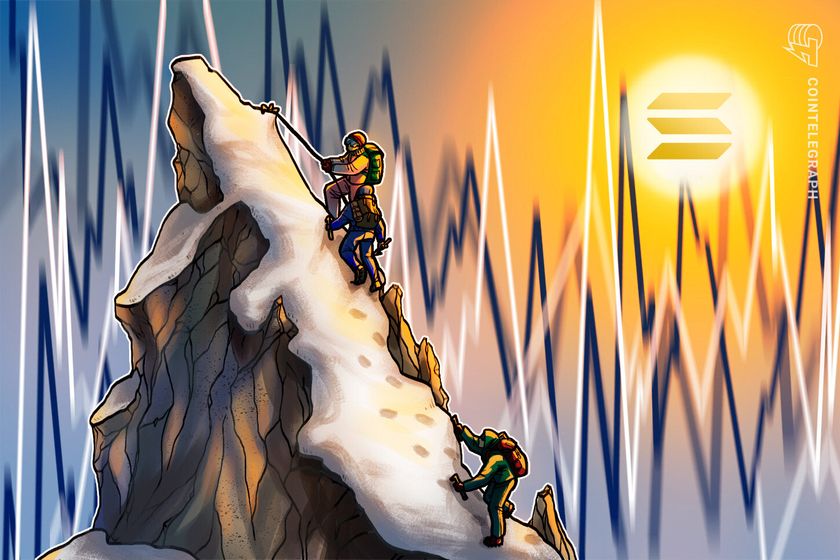
Robert Kiyosaki Says Fed Rate Hikes Will Crash Stocks, Bonds, Real Estate, and US Dollar

The famous author of the best-selling book Rich Dad Poor Dad, Robert Kiyosaki, has warned that the Federal Reserve’s continued rate hikes will crash stocks, bonds, real estate, as well as the U.S. dollar. He expects the next crash to be the “$1 quadrillion derivatives market.”
Robert Kiyosaki on Interest Rate Hikes, Market Crashes
The author of Rich Dad Poor Dad, Robert Kiyosaki, reiterated his warnings of market crashes and the danger of the Federal Reserve raising interest rates this week. Rich Dad Poor Dad is a 1997 book co-authored by Kiyosaki and Sharon Lechter. It has been on the New York Times Best Seller List for over six years. More than 32 million copies of the book have been sold in over 51 languages across more than 109 countries.
Kiyosaki tweeted Thursday:
Raising interest rates will crash stocks, bonds, real estate, & $ U.S. dollar. Next crash: $1 quadrillion derivatives market. $1 quadrillion is $1 thousand trillion.
The Federal Reserve raised interest rates by 25 basis points (bps) on Wednesday. While a number of people expect the Fed to start cutting rates soon, Fed Chair Jerome Powell said that rate cuts are not in the Fed’s base case.
This was not the first time Kiyosaki has warned about stocks, bonds, real estate, and the U.S. dollar crashing. Last week, the famous author discussed a “crash landing ahead” as bank bailouts began following the collapse of major banks, including Silicon Valley Bank and Signature Bank. He also predicted the end of the U.S. dollar, calling the USD “fake money.”
The renowned author also recently predicted that the world economy is on the verge of collapse, expecting bank runs, frozen savings, and bail-ins. In February, he said that everything will crash. Earlier this year, he said we are in a global recession, warning of soaring bankruptcies, unemployment, and homelessness.
What do you think about Rich Dad Poor Dad author Robert Kiyosaki’s crash warnings? Let us know in the comments section below.
Go to Source
Author: Kevin Helms









